Interview Video Styles: Single-Camera vs. Multi-Camera Setups
Interviews hold a special place as a powerful medium for conveying ideas, stories, and emotions. Whether you're capturing an insightful conversation or conducting a thought-provoking interview, the choice between single-camera and multi-camera setups can significantly impact the final product. Let's explore the benefits and challenges of each style to help you make an informed decision.
Single-Camera Setup: Capturing Simplicity and Focus
The single-camera setup is a classic approach that offers a clean and focused visual experience. This style involves using a single camera to record the entire interview from different angles and distances. While it may lack the dynamic shifts of a multi-camera setup, the single-camera approach has its own set of advantages:
1. Simplicity: With fewer cameras and equipment to manage, a single-camera setup is more straightforward to handle. This can lead to a smoother shooting process and quicker setup times.
2. Intimacy: The absence of multiple cameras can create an intimate atmosphere, allowing the subject to feel more comfortable and relaxed during the interview.
3. Focus on Storytelling: A single-camera setup encourages a storytelling-driven approach, where the narrative takes center stage without distractions from multiple camera angles.
Challenges of Single-Camera Setup:
1. Limited Visual Dynamics: Without the ability to cut between multiple angles, the visual variety may be limited, potentially leading to a less engaging final product.
2. Post-Production Effort: Achieving seamless transitions between different portions of the interview may require more effort during the editing phase.
Multi-Camera Setup: Adding Depth and Engagement
The multi-camera setup introduces a dynamic element to interview videos by using multiple cameras strategically positioned to capture various perspectives simultaneously. This style offers a more engaging and visually dynamic experience:
1. Visual Variety: Multi-camera setups allow you to cut between different angles, capturing the subject's reactions, nuances, and surroundings. This adds depth and engagement to the final video.
2. Efficient Editing: Since you capture multiple angles simultaneously, editing becomes more efficient as you can seamlessly switch between shots to create a polished, professional look.
3. Live Productions: Multi-camera setups are ideal for live-streamed interviews, conferences, and events, enabling real-time switching between cameras.
Challenges of Multi-Camera Setup:
1. Complexity: Managing multiple cameras, angles, and equipment can be more challenging and time-consuming, requiring a skilled team to ensure a smooth production.
2. Cost: The additional equipment and personnel required for a multi-camera setup can lead to higher production costs compared to a single-camera approach.
In the end, the choice between single-camera and multi-camera setups depends on your specific goals, budget, and desired visual style. The Slate Studio, a Rhode Island-based video production hub, provides an acoustically-treated space tailored for powerful conversations. Whether you opt for the simplicity of a single-camera setup or the dynamic engagement of a multi-camera arrangement, Slate offers a professional, elevated experience for amplifying voices and ideas.
Slate Studio is also available for private events, meetings, and workshops. If you have a unique idea for a private gathering that isn't listed, don't hesitate to reach out. Let Slate Studio be the canvas where your vision comes to life, capturing the essence of your interviews in a style that resonates best with your audience.


